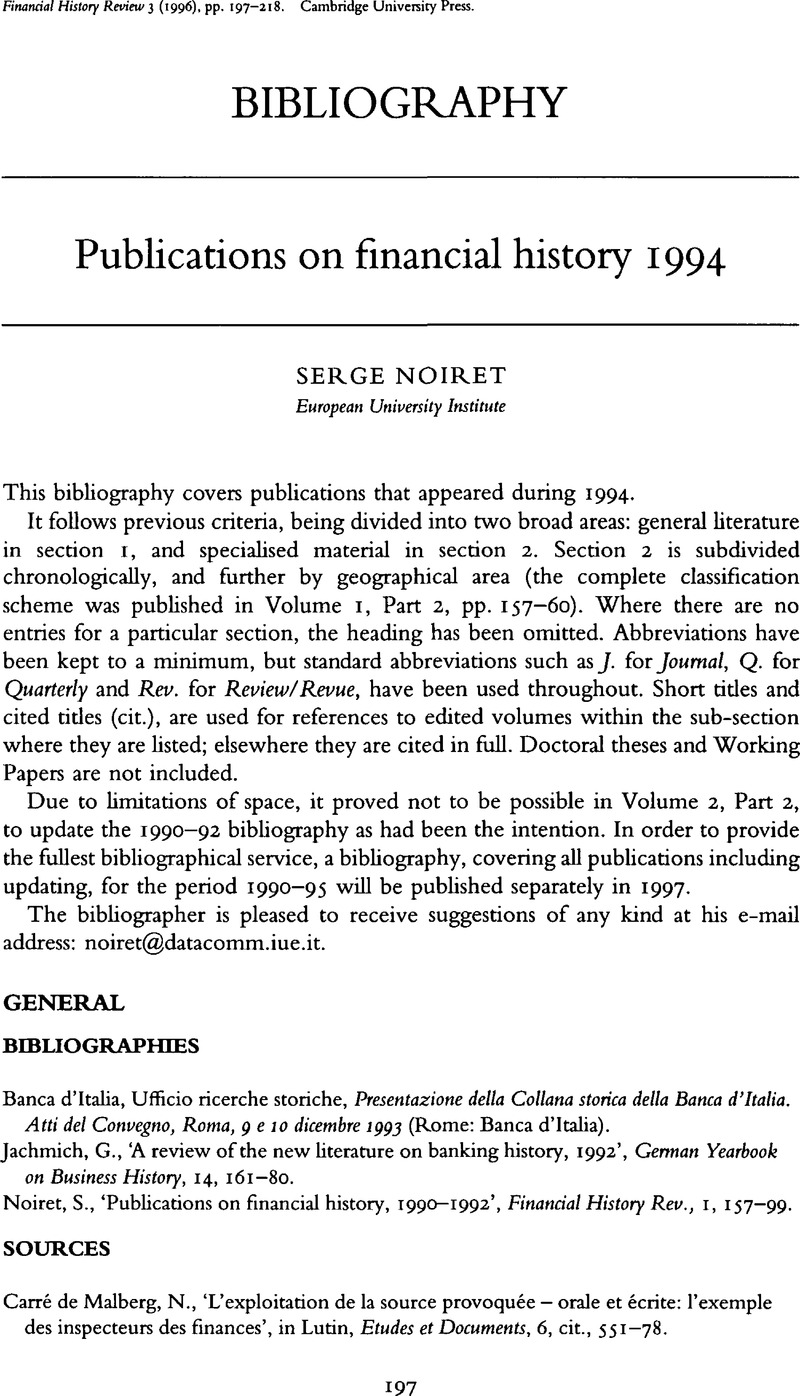Crossref Citations
This article has been cited by the following publications. This list is generated based on data provided by Crossref.
Noiret, Serge
1998.
Publications on financial history 1996.
Financial History Review,
Vol. 5,
Issue. 2,
p.
203.



